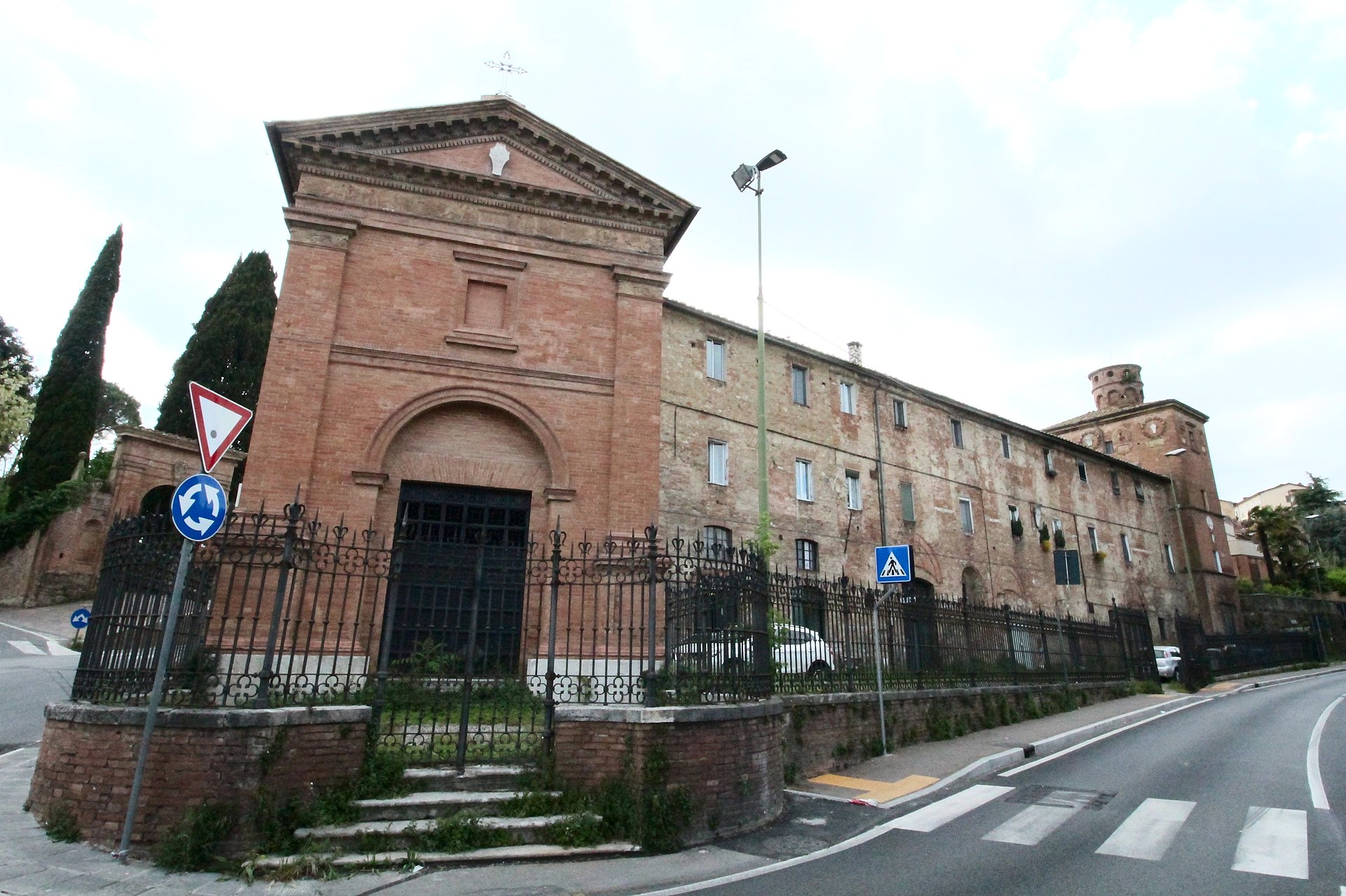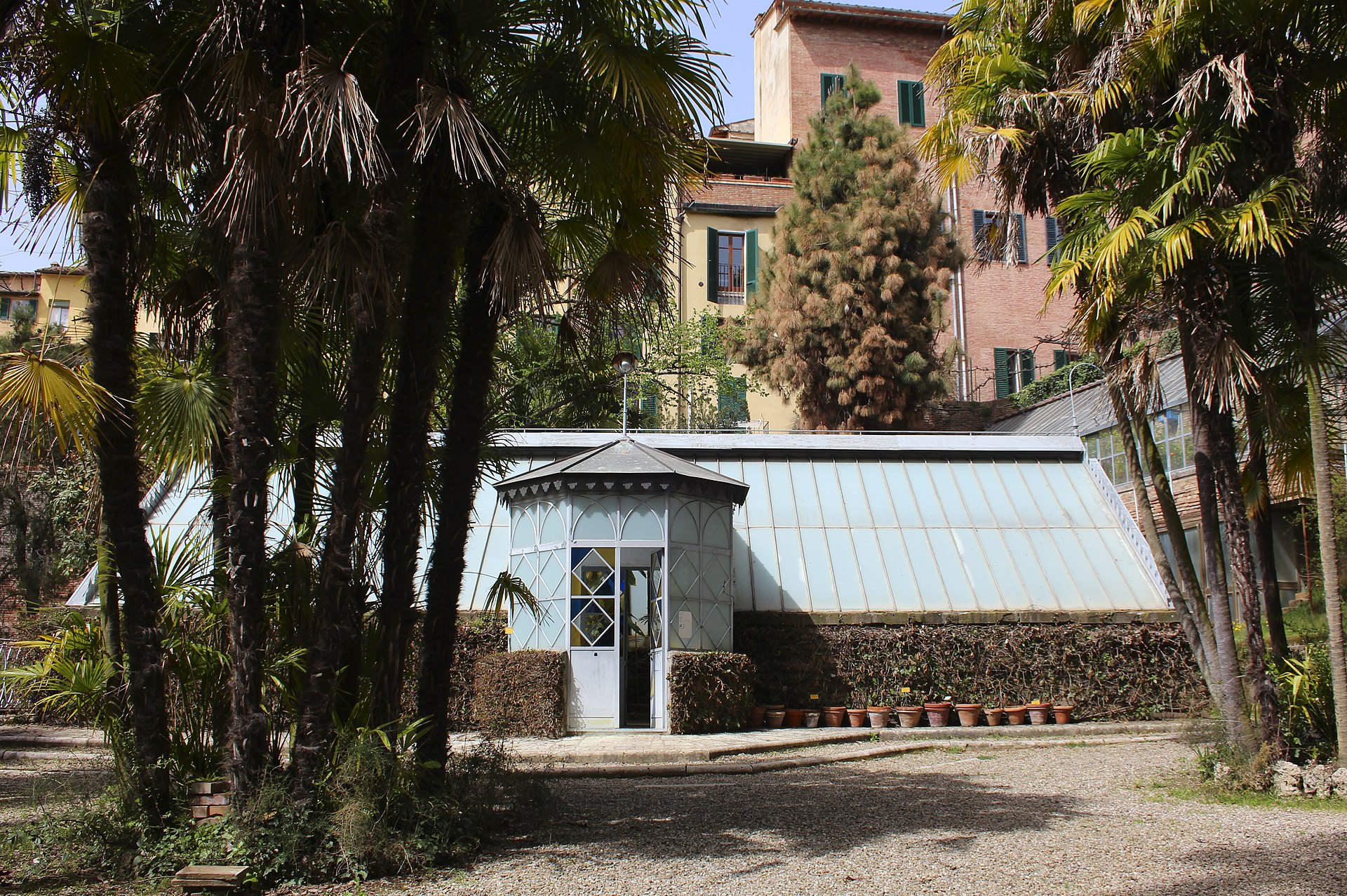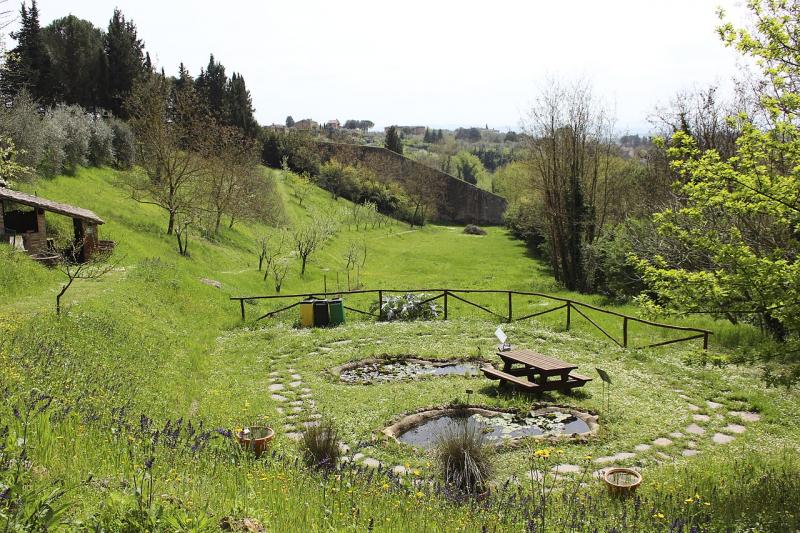When restoration work began on Piazza Jacopo della Quercia near Siena Cathedral in the late 1980s, the number of Roman archaeological discoveries was so startling, people doubted the work would ever get finished. What if they covered the whole place with tarmac and left terracotta containers, first century jewelry or similarly precious objects forever languishing beneath the square? In the end, workers went on digging, and the Roman relics found homes in the Archaeological Museum of Siena. Eventually, work on the square was completed, and it took on the aspect it has today.
This is, of course, a testament to the town’s Roman origins in Saena Julia — what it was called during the time of Emperor Augustus. But Siena’s primary growth and urban development took place in medieval times, between the 13th and 15th centuries, when it became a prominent center for culture, commerce and banking. (Monte dei Paschi di Siena, the world’s oldest bank — or possibly its second oldest, but an institution with a few legs up on, say, Chase, longevity-wise — was founded here in 1472.)
Wealth, culture, a discerning government and other factors contributed to Siena's prominence. Long before Monte dei Paschi di Siena raised its profile even further, the University of Siena, founded in 1240, lent the small Tuscan town some cultural heft.
Beautiful, quiet and mysterious, Siena may be past its medieval heyday, but it remains an attractive place for living, working and studying. Just this week, it jumped up six spots in the 24th edition of ItaliaOggi’s Report on Quality of Life in Italy. But Sienese people are proud of far more than their cathedral square or their pici preparation. As is written on the gate of Camollia at the north end of the city, Cor magis tibi sena pandit: "Siena shows a heart that's bigger than this gate." But some might say it also has a dark heart, or a gateway to the supernatural — a theme I write about in my book Luoghi Arcani: Piccolo Tour del Mistero tra Siena e Provincia (Arcane Places: A Small and Mysterious Tour Through the Siena Province).
Mystery-shrouded spots in Siena

Coming in from the north, Siena’s first occult site is Palazzo Diavoli, or the “Devils’ Palace,” with its conical tower and unusual red bricks. Allusions to ancient legends and audacious war encounters are literally written into the building, inscribed in its white stone coats of arms on the front and sides of the main fortress-like part of the palace. Legend has it that in 1526, a handful of just a hundred or so local men defeated a full Florentine army — seven thousand strong — around Palazzo Diavoli, because the Florentine soldiers were frightened to death by supernatural voices, lights and sounds emanating from the building. It’s this battle — documented in a letter that Francesco Vettori sent to Niccolò Machiavelli in August 1526 — that gives the palace its name, Palazzo Diavoli. In the course of the research for my book, I spoke with a bar owner in the area, who alleged that noises, strange purple lights and unexplained voices still waft through the air around here.
There are the “devils,” but then there’s Diana, another bewitching enigma of this Tuscan town. Diana is an elusive “ghost river” that the Sienese population has been seeking to recover — even if mostly in a symbolic sense — since its supposed discovery by friars in the 12th century. The sound of water running beneath the surface of the town continues to perplex locals; those same sounds are associated with many stories of werewolves washing themselves in the town's old fountains, as well as tales of ghosts of witches and priests, as recounted by Massimo Biliorsi in his Magical Guide to Siena.

One of these ghosts or fantasma-like figures is believed to be the ghost of a painter, seen in Siena’s Botanical Gardens. This story made the front pages of local and national press back in the 1940s, when the warden of the Botanical Gardens came upon a “presence” after several days of hearing what sounded like someone pounding against the walls of his house. On a dark and stormy night — naturally! — the warden saw a black-clad, hooded figure moving furtively in a corner of the gardens, its feet floating above the ground. The figure quickly disappeared, but it weighed on the warden's mind, and his description matched up with another account given by a resident of the area. This other resident, one night while walking down Via Mattioli, spotted a ghost-like figure sliding along the walls of the Orto Botanico. Terrified, the passerby caught a high fever and fell ill for weeks.
These stories are still swirling around today, but people took the sightings seriously when they first started getting told, too. In the 1950s, curious residents gathered for seances, eager to find out who the ghost was. One fateful night, they’re said to have gotten this reply: “I am Giomo del Sodoma, born Giovanni Antonio Bazzi. I painted Madonna with Child and Saints for the Church of Santa Mustiola. I was a friar but I was condemned to be executed by hanging because of my love for a nun in 1563. Since then, I’ve been unable to rest in peace.”

The third of many unexplained stories revolving around Siena is set in the Villa La Rondinella, in the town of Buonconvento. In the period after World War II, a young and dashing truck driver was said to have offered a ride to a young woman who pointed him toward the Art Nouveau building, telling him it was her home. Grateful for the driver's help, the young woman invited him up and offered him a tea, and he quickly took note not only of her beauty, but of the sumptuous furnishings of the space itself. The two lingered for a while, sipping on tea, chatting and bonding. Eventually the man had to head home, but he was so taken by the young woman and her beautiful home that he knew he’d have to return soon.
The truck driver went back to the building after a few days, unsure of how he’d be received, but certainly not expecting the end result he got. After ringing the doorbell and waiting, to no avail, he noticed the gate was open, so he barged inside, only to find an abandoned-looking space and only dusty remnants of the windows in the living room. Shocked, he went to the police, who contacted the villa owners, who confirmed that they hadn’t been living there — and that, indeed, no one had — for years.
All in a state of shock, the owners, authorities, and the young truck driver traipsed out to the villa together. They explored the grounds, which were covered in spider webs and dust, and eventually came upon a freshly emptied porcelain cup that looked exactly like the one the truck driver had sipped his tea from just a few days prior. (Tea leaves, in fact, were found at the bottom.)
Buonconvento residents know this story like the back of their hands, but it must be acknowledged: Similar stories with a twist here or there exist all throughout the province of Siena, and indeed, in many spaces around Tuscany. But what makes the story of the Rondinella particularly intriguing is that no one except the last owner, and perhaps a municipal official here or there, has entered the building since 1952. I’d never suggest you try to break in — but I might tell you to keep your eyes and ears a bit more attuned to all things eerie and arcane the next time you’re in the Siena area and are tempted to dismiss it as just another charming Tuscan town.














